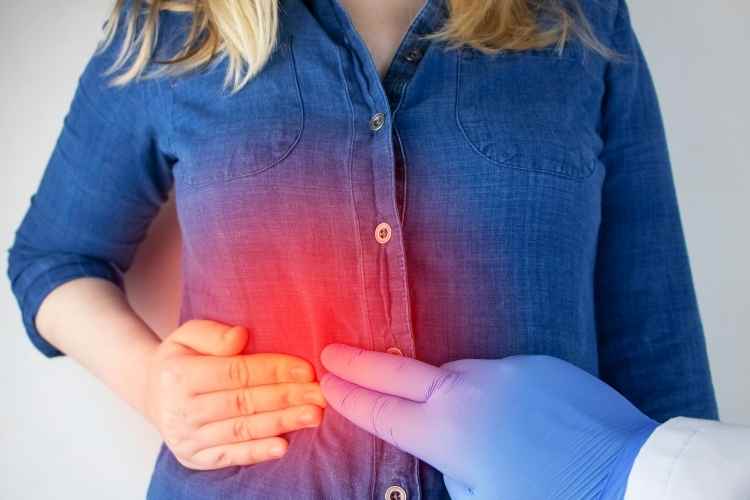Our liver is the organ responsible for removing alcohol from the blood, so it is no wonder that our liver suffers during all-nighters with friends or partying holidays. Because it takes less than one hour for a healthy liver to process one drink, it’s easy to see why people who binge drink may get liver disease.
Although most people associate liver disease with heavy alcohol use, excessive daily drinking and binge drinking can take a toll on your liver as well. Let’s look more in-depth at these effects.
After an Alcohol Binge
The liver usually begins to heal from an alcohol binge, or several binges in a row, once the person doesn’t continue drinking. But the damage may already have been done by the time you get through your desire for another drink.
Fatty Liver Disease
Fatty Liver Disease alcoholics who stop after years of excessive drinking may develop a fatty liver that can progress into liver damage. In time, many of these people will develop additional liver scarring that is referred to as cirrhosis.
A person with a fatty liver may have no symptoms at all until the disease becomes further advanced. Symptoms can include fever, abdominal pain, and swelling, in addition to nausea and vomiting in some cases.
Yellowing of the eyes and skin, a sign of jaundice, can indicate liver damage in a person with a fatty liver. Normally, your liver quickly removes bilirubin from the blood, but if that function is disrupted, then bilirubin can build up, leading to jaundice.
Cirrhosis
Cirrhosis of the liver results when liver cells become very damaged and scarred. The scar tissue replaces healthy liver tissue. As a result, the liver is less able to remove toxins from your blood. If too much damage has been done, cirrhosis can lead to liver failure.
Scarring increases as more alcohol continues to reach the liver. In addition, an alcoholic’s diet may be lacking in necessary nutrients. Cirrhosis is fatal if left untreated.
Cirrhosis involves further complications including ascites, varices, and bleeding disorders. Ascites are a body condition characterized by swelling. Because the liver can’t process excess fluid, it accumulates throughout your body. Varices are bulging veins in the esophagus or stomach that can burst and cause massive bleeding. Bleeding problems may increase because cirrhosis prevents your liver from producing enough clotting factors.
Alcoholic Hepatitis
Alcoholic hepatitis can develop if you drink heavily over a period of time, typically more than 15 years. If you have fatty liver disease, then there is a greater chance that you will develop alcoholic hepatitis. Alcoholic hepatitis can cause rapid scarring of the liver, which leads to cirrhosis. Symptoms include fever, vomiting, and pain in the right upper abdomen.
Hepatitis means inflammation of the liver, so alcoholic hepatitis occurs when excessive alcohol consumption leads to liver inflammation. As a result, the liver releases more chemicals into the bloodstream. This release of chemicals causes fever and changes in blood clotting ability.
Alcoholic hepatitis is potentially fatal without treatment, so it’s important to stop drinking immediately. Alcoholic hepatitis can also cause serious effects on your other organs such as kidneys, pancreas, and brain.
In conclusion, alcohol is a major risk factor for liver disease in the United States. Drinking can also damage or destroy cells in your liver. If you are dealing with alcoholism, consider treatment at Impact Recovery Center. The sooner you get treatment, the sooner you can prevent further harm to your mind and body.


